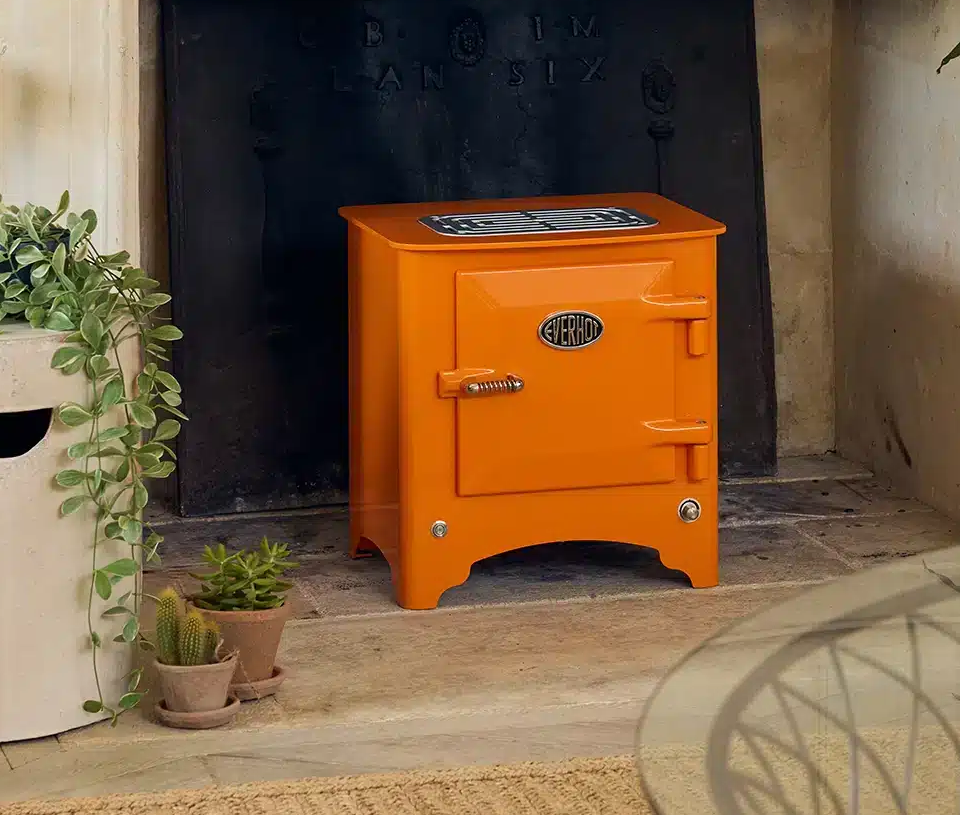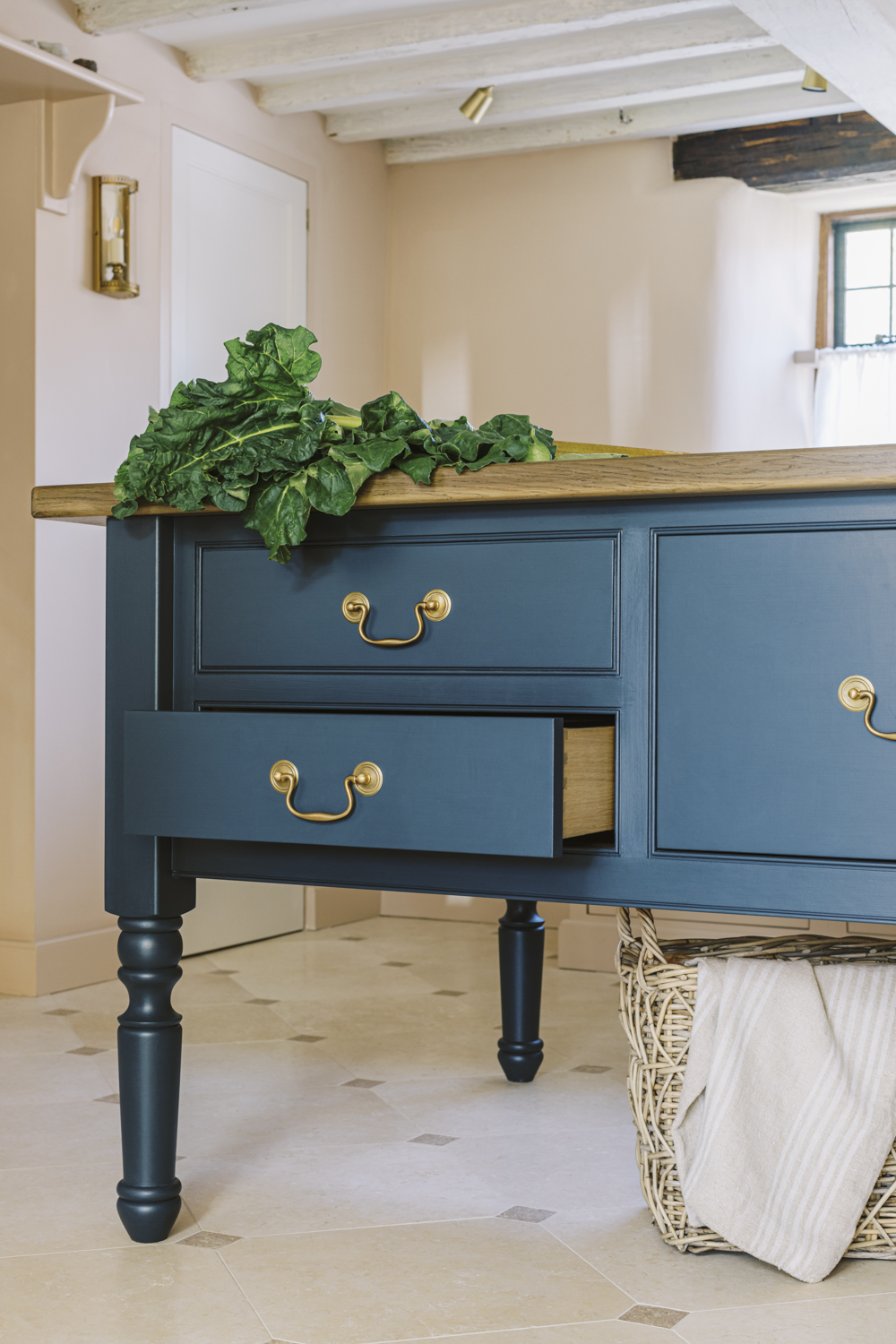- Introduction
We hope that you are enjoying your new Hunt Bespoke furniture. With correct care, it will provide you with years of enjoyment and use.
Below is a care guide for most types of finishes that will help maintain its functionality and appearance.
- Our contact details
Please call us at any stage if you are unsure about anything and we will be happy to advise. If you have an accident and need professional help, we can arrange for a painter to come out and touch up. Likewise, we can also repaint and refresh the items if you feel it's needed or if you fancy a change of colour. It is amazing the transformation that can be achieved through a professional repaint and change of knobs and handles.
Our contact details are as follows:
Address: Hunt Bespoke Kitchens and Interiors Limited; High Street; Bloxham; Oxfordshire; OX15 4LT;
Telephone: 01295 721111
Email: mail@huntbespokekitchens.com
- Cabinetry and Furniture
Wood and wood products are inherently natural substances and as such need to be handled, used, and treated with that in mind.
Our products are hand-built and hand-finished, constructed from mainly natural products and as such, these components may be subject to slight movements and hairline cracks, particularly in the autumn with windows open. In these cases, they often return to normal once the heating has been turned on and the moisture has disappeared.
- Paint work
Painted cabinetry should only ever be wiped down with a damp (not wet) cloth and buffed with a soft cotton cloth if required. Use of any abrasive substance or cleaning product should always be avoided. Spills can be effectively cleaned up if action is taken straight away.
The paint manufacturers maintenance instructions are as follows:
Approximately 1 month after painting at the earliest the painted surfaces can be cleaned with a soft brush, sponge or cleaning cloth and neutral (pH 6-8) dish washing solution. Clean very dirty surfaces with weakly alkaline (pH 8-10) washing detergent and cleaning cloth or sponge. Rinse the surface carefully.
The product achieves its final hardness and durability after one month under normal conditions, therefore the surfaces must be handled with care during the first couple of weeks. If the surfaces need to be cleaned soon after surface treatment, clean them lightly with a soft brush or a damp cleaning cloth.
It must be remembered that as the cabinetry is hand painted, if it is repeatedly knocked/bashed, it can develop chips or scuffs to the paint work. This is easily fixed with the touch-up paint provided. The cabinetry isn’t conveyor-belt manufactured from synthetic products so will only withstand average household treatment.
Our paint is produced using natural pigments and there can be colour variances across different batches. We will leave you with a fresh tin of the same batch we painted your furniture in for any touch ups. Because of the natural pigments colours are likely to fade over time as they respond to sunlight exposure and moisture.
- Hardware and metals
Please note that the use of abrasive or chemical cleaners on any of these finishes will have an adverse effect on the finish.
- Antique Brass / Living finishes
These products will naturally develop and change overtime. To achieve the look a chemical finish is applied to change the surface to give it a more antique lustre. With use this will change over time to give a more genuine aged appearance. To help preserve its original finish, occasionally wiping with a damp cloth and the use of a good quality wax polish is recommended.
- Polished Brass & Lacquered Brass
Occasional use of a damp cloth and the use of a quality wax polish is recommended.
- Polished Brass – Unlacquered
To retain the original finish, regular polish with a quality metal polish is essential. If your intention is to allow the surface to age naturally through oxidisation then no attention is required.
- Plated
Plated metal work will also benefit from the occasional use of a chrome cleaner followed by a wipe with a cloth impregnated with a light oil.
- Wood Worktops
Natural wood worktops, whilst undeniably beautiful and practical, do require ongoing maintenance and care to retain their quality and beauty.
We finish our wooden worktops with a Myland’s finish that should seal and protect it. Overtime this will wear and we recommend that it is professionally reapplied.
Regular maintenance is essential to avoid splits and shakes which can occur in all wood types. In particular, you should avoid excessive moisture from sinks; spillages, etc should be wiped off promptly.
Hot pans should never be placed directly on the wooden worktop. A chopping board should always be used. Do not cut directly on the worksurface.
- Stone Worktops
Please wipe down daily with soapy water and dry with a micro fibre cloth. Clean spillages up immediately. You can use small amounts of Cif Cream cleaner, Cif Activ spray or Astonish cream cleaner if marks do not come off with soapy water. Use a kitchen sponge and rinse thoroughly with water afterwards.
If limescale is a problem, you can use Bar Keepers friend power cream or The Pink Stuff. Use sparingly and rinse thoroughly with water afterwards. Use chopping boards and heat trivets.
Never use corrosive cleaners such as Cillit bang, Viakal etc. If you use Oven Pride to clean your oven, do not get it anywhere near your stone worktops.
Do not cut directly on your stone worktop with knives. Please do not stand or sit or place heavy objects on your stone worktop. Do not allow sustained contact with heat sources. If you do manage to damage your worktop, please contact our office.
- Granite Worktops
Granite worktops are relatively low maintenance, and it is unlikely that you will ever need to repair or resurface your granite.
Granite can be marked by some oils or acids (e.g. citrus) if exposed for a prolonged period. To maintain the beauty of your granite, we recommend a simple wipe-down daily with a cloth moistened only with water and a mild antibacterial soap.
Avoid using harsh chemicals or abrasive cleaners, which can damage the protective layer of sealant which is applied to the granite to reduce porosity and prevent staining.
- Marble Worktops
Marble is composed of calcium carbonate, which is softer and more porous than granite.
Acidic spills like wine, citrus fruit or tomatoes can damage marble, so care should be taken to ensure these are quickly dealt with.
Use a mild, pH-neutral cleanser and damp cloth before drying the surface with a soft towel. While it is tolerant of high temperatures, you should not rest pots or pans on your marble countertop.
- Quartz
Quartz countertops can be cleaner with a damp cloth and mild antibacterial soap.
Although quartz is stain-resistant, any coloured liquids should be cleaned as soon as possible to avoid marking the surface.
Avoid using the countertop to cut food or rest posts and pans on. While quartz is heat-resistant, it can still be damaged by a sudden change in temperature known as thermal shock.
- Quooker Taps
A Quooker system does not require preventive maintenance, however, if you live in an area with hard water, the Quooker system will require some attention during its lifetime. In areas with hardwater, you will become aware of limescale build-up when the flow of boiling water starts to slow down.
Every Quooker tap is therefore fitted with a removable nozzle and aerator. When you notice that the flow of boiling water starts to slow down, remove the nozzle and soak the aerator cleaning vinegar for about one hour. Then rinse off the limescale and screw the nozzle with the aerator inside, back onto the tap. This should increase the water flow.
If the Quooker system still doesn’t provide an optimal flow of boiling water, limescale may have built up in the tank. This means that your tank may need to be cleaned. If this is the case, please arrange for a service.
- Nordic single taps
It is worth noting that the Nordic single taps are retractable and if pushed down to the worktop can prevent the tap from working. Often, we have discovered this after a plumber has installed the tap and it has been pushed down. Simply lift the tap up and it should work.
- Quooker Cube
The Quooker cube is supplied with one gas canister. Additional canisters are available from the Quooker webshop (at www.quooker.co.uk) in a pack of four that will be sent to your address. If you keep the box you can return the empty canisters via a free returns label you can print from the website.
- Dishwashers and dish drawers
- Hardwater
We live in a particularly hard water area which can impact the performance of a dishwasher.
It is worth checking the water hardness levels for your postcode which can be done online (www.kinetico.co.uk have a good system).
If you live a hardwater area it is worth seeing if you can change the settings on your dishwasher to make sure that rinse aid and salt released into the washing machine are appropriate for the hardness.
On a Fisher and Paykel double dishdrawer, the settings can be amended on either drawer for the changes to take effect in each. On the dishdrawer settings to be changed for both water hardness and rinse aid.
- Detergent
Changes to formulas to remove certain phosphates and harmful chemicals have meant that some detergents can leave a white or chalky residue.
Fisher and Paykel have tested their dishdrawers with Fairy and Finish detergents and rinse aids and recommend them.
They recommend using powdered detergent for the best results, however, tablets or pouches are fine as long as they are stong enough.





